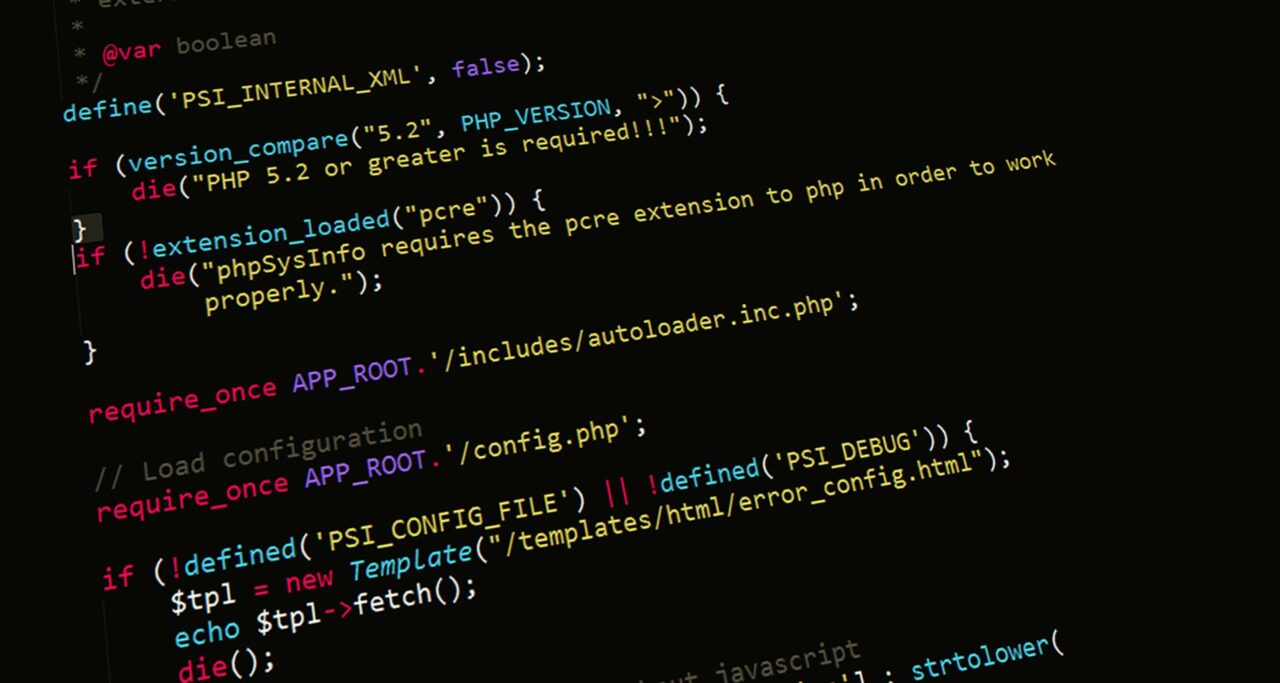Artificial Intelligence (AI) plays a crucial role in developing applications in our modern lives. From virtual assistants to self-driving cars and fraud detection, AI is everywhere.
Behind these fascinating applications of AI are programming languages that enable engineers to create intelligent algorithms.
So what are the best languages for AI development? This article will explore the top 10 best programming languages and their applications.
If you apply Artificial Intelligence in your work or business, examine the 10 best programming languages below:
1. Python
One of the most widely used computer tools for developing AI is Python. It has extensive libraries and is easy to learn, read, and write. The simple syntax makes Python ideal for beginners and AI programming experts.
However, Python’s interpreted nature can make it slower than other programming languages when working with large datasets. Its dynamic typing can also make it harder to catch errors during development.
Python applications:
- Machine learning
- Data science projects
- Web Scraping Applications
2. Lisp
Lisp stands for List Processing. It was created in the late 1950s and is among the earliest computer languages.
Lisp is an excellent choice for developers because of its powerful manipulations of symbolic expressions and its support for functional programming.
The most significant disadvantage of Lisp is that it has a smaller community than other languages. In other words, developers can access fewer libraries and available resources.
Lisp applications:
- Numerical Analysis
- Web Development
- Video Games
3. Java
Java is a high-level programming paradigm. It is the language of choice for building complex and large-scale AI systems.
Java provides built-in security features and a sandbox environment. These two features can help protect against malicious code and other security threats.
Moreover, the Just-In-Time (JIT) compiler can improve the performance of Java applications, especially in long-running tasks.
However, its syntax can be verbose and harder to learn than other programming languages, and its Garbage Collection mechanism adversely affects performance.
Java applications:
- Desktop applications
- Big Data processing
- Enterprise applications
4. C++
C++ is an excellent language for building AI systems that require high performance. It is faster than most other programming languages and provides excellent concurrency support.
This universal language supports different programming paradigms such as:
- Procedural
- Object-oriented
- Functional programming
C++ is a complex language, so it will take longer to excel. Besides, it is stringent regarding syntax, and a little mistake can lead to several errors.

5. R
R is a free, open-source language. It provides advanced statistical computing and data analysis capabilities and has a wide range of statistical and graphical techniques for analyzing data.
Its vast collection of libraries, including DPLYR and TIDYR, makes it an excellent choice for data wrangling and pre-processing.
However, R may not be as well-suited to general-purpose programming. Limited support for multi-threading can make it slower than other languages when processing large datasets.
Some of its applications are:
- Finance
- Bioinformatics
- Data analysis and visualization
6. Julia
Julia is a relatively new programming language. It has gained popularity in the AI and data science communities.
Julia strongly supports integrating other languages like Python, R, and C, making it easy to use alongside existing codebases and libraries.
While Julia has a growing ecosystem of libraries and packages, it is new and may not have the same breadth and depth of libraries as more established languages.
Some of its applications are:
- Numerical and scientific computing
- Financial modeling
- High-performance computing
7. Prolog
Prolog is a logic programming language suitable for solving problems that involve symbolic reasoning and pattern matching.
Prolog’s backtracking mechanism allows it to explore all possible solutions to a problem. It is helpful for applications such as constraint satisfaction and search algorithms.
Apart from these above advantages, Prolog’s execution speed can be slower than other programming languages, particularly for large-scale applications.
Prolog applications:
- Database querying
- Constraint satisfaction
- Search algorithms
8. Haskell
Haskell is a functional programming language existing in the late 1980s.
Haskell’s robust type system ensures code correctness and reduces the likelihood of runtime errors. Its powerful abstractions enable developers to express complex computations concisely and elegantly.
Some drawbacks of Haskell are a steep learning curve, limited library support, and performance issues.
Haskell applications:
- Web Development
- Scientific Computing
- Finance and Trading

9. JavaScript
JavaScript is a scripting language. Programmers mainly use it for creating interactive user interfaces and dynamic web pages.
JavaScript is easy to learn. It has a vast ecosystem of third-party libraries and frameworks like:
- React
- Angular
- Vue
These ecosystems help speed up development and enhance functionality. Security threats, performance issues, and browser compatibility are 3 drawbacks of JavaScript. Developers need to take extra precautions to prevent them.
JavaScript applications:
- Server-side programming
- Desktop application development
- Internet of Things (IoT)
10. Scala
Scala is a functional programming language. It can handle vast datasets with ease. Scala runs on the Java Virtual Machine (JVM).
Therefore, it can easily interact with Java code and libraries. And developers can also incorporate Scala into their existing Java-based projects.
Scala’s type inference system can automatically determine the data types of variables and expressions. Hence, it reduces the amount of written boilerplate code developers need.
However, Scala’s functional programming concepts can be complex for some developers to learn, particularly for developers unfamiliar with this language.
Scala applications:
- Data processing
- Distributed systems
- Financial services
FAQs
Is C++ Good for AI?
C++ is a good choice for AI development. This powerful programming language offers low-level control and efficient memory management. Therefore, it is suitable for developing AI algorithms that require high performance and speed.
Furthermore, C++ has a strong community of developers. They are constantly improving and updating libraries and frameworks for AI development. So, C++ is absolutely a reliable choice for AI development projects.
Which is Better for AI, Java, or Python?
Whether you should choose Python or Java for AI development depends on the factors as follows:
- The specific requirements of your project
- Your personal preferences and skills
Java may be the superior choice when you are working on a large-scale project that requires high performance and security.
If you are working on a smaller project requiring fast prototyping, data analysis, or machine learning, you should prioritize using Python.
Is Python or C++ Better for AI?
Most developers consider Python a better programming language for AI development than C++. Python is easy to use. It has a large community of developers, extensive machine-learning libraries, and simple syntax.
Although C++ is a powerful language with processing power, it is also more challenging to learn and needs more community support than Python.
Conclusion
We have listed the top 10 programming languages for AI available nowadays. These include Python, Lisp, Java, C++, R, Julia, Prolog, Haskell, JavaScript, and Scala.
Each language has distinct features, including advantages and disadvantages. Consider the specific requirements and characteristics of the project to choose the suitable languages to learn. Thank you for reading!
